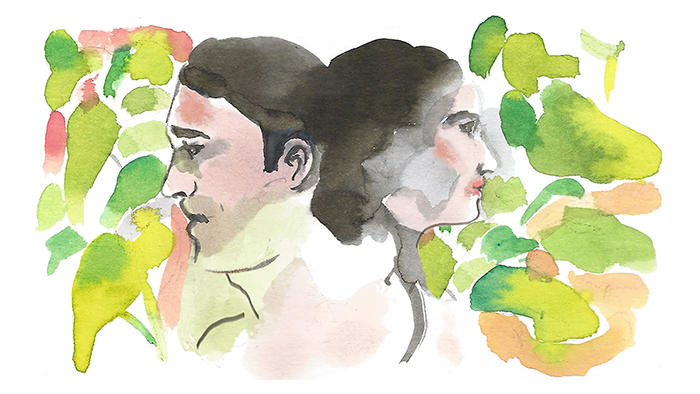Translator Newsletter: When Not To Translate, Genders in Language, & More!

Hello, GV'ers!
Welcome to this week's edition of the Translator Newsletter! Today we're talking about…
When NOT To Translate

Screenshot taken from http://www.nybooks.com/
In today's globalized world, communication and interacting with one another is often made easier because of translation. We can read books and watch movies we wouldn't otherwise be able to because of translation. But is there ever a time when its best for things to be left in their original tongue? Tim Parks explores this idea in an article entitled “When Not To Translate” for the New York Review of Books, where he wonders whether translating Decameron was the right thing to do. What do you think?
The Evolution of Grammatical Genders

Screenshot taken from https://www.babbel.com/
As you may know, in many languages, nouns have genders. In Spanish, example, a chair is female and a refrigerator is male. The English language, however, avoids this altogether and doesn't use genders to describe non-humans. But how did all of this come about? Marion Maurin wrote a wonderful piece called “The Evolution of Grammatical Genders: Why French Has Two Genders, German Has Three, and English Just Doesn't Care” to explain it all. Read and let us know what you think? How many genders does your native language use, if any?
Guides for Translators

Screenshot taken from https://www.facebook.com
I don't know about you, but when I am working on a translation, I do a lot of research online. From looking up slang words to searching for the best way to translate the name of a political party, online searches are a pivotal part of my translation process. Carlos Djomo, an English to French translator and winner of the 2015 Proz Community Choice Award for Best Translation Article wrote a book called Search It, Find It: The Translator's Minimalist Guide to Online Search. It's a great resource and you can pre-order it now for Kindle for just $2.99! (If you don't have a Kindle, you can read it on any other device by downloading the Kindle app.)
Greatest Challenges for Translators

Screenshot taken from http://aclang.com
The best way to improve your craft is to know your weaknesses and work on them. Avi Kallenbach put together an incredibly useful list of challenges facing translators today, addressing everything from literalisms to dealing with idiomatic language. Take a look here and tell us — what do you think are your greatest challenges as a translator? What do you hope to improve? If we get enough responses, maybe we'll create our own GV guide!
Meme of the Week

Screenshot taken from https://www.facebook.com/CulturesConnection/
—————
As always, thank you all for your hard work and dedication to GV! If you have any questions, comments, or ideas, feel free to email me at marianna@globalvoices.org.
And if you're reading this newsletter for the first time and want to join Global Voices, tell us more about yourself here!




1 comment
Very interesting readings, Marianna.
My biggest challenges in tanslation are puns, ironies, jokes, and many idiomatic expresion. I guess that must be difficult for any language pair.
Particulary in En>Sp translation grammar changes a lot, so many times I have to reorganize clauses to make them sound more natural in Spanish. And many times I also need to connect 2 or more short English sentences into one longer, compound Spanish sentence to make the reading smooth and fluid.